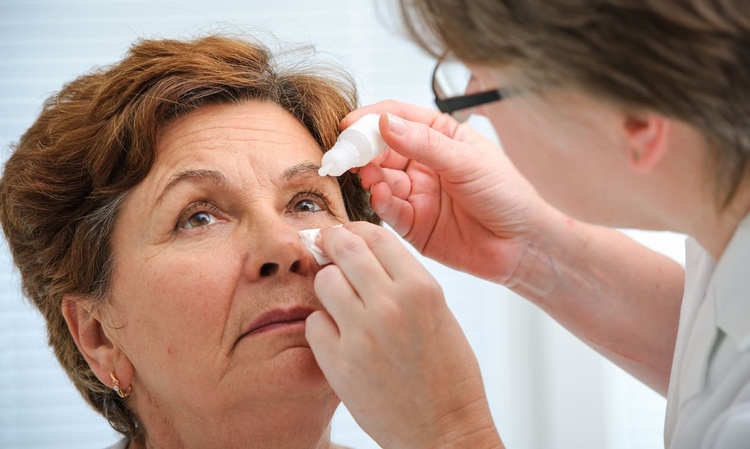Understanding Cholesterol Levels by Age: Key Insights for Healthy Living
Cholesterol levels play a crucial role in maintaining overall health and can vary significantly with age. Understanding these variations helps individuals make informed decisions about their heart health and lifestyle choices. This comprehensive guide explores how cholesterol levels change throughout different life stages and what ranges are considered normal for various age groups.

Normal Cholesterol Ranges by Age and Gender
Total cholesterol levels typically increase with age, and what’s considered normal varies between different age groups. For adults 20 years and older, total cholesterol should ideally be below 200 mg/dL. However, the acceptable ranges differ by age group. Children and teenagers naturally have lower cholesterol levels, while adults over 40 may experience gradual increases in their numbers even with healthy habits.
Understanding Different Types of Cholesterol
Cholesterol measurements include several components that provide a complete picture of cardiovascular health. LDL (low-density lipoprotein) cholesterol, often called “bad” cholesterol, should generally stay below 100 mg/dL. HDL (high-density lipoprotein) cholesterol, known as “good” cholesterol, should ideally be 60 mg/dL or higher. Triglycerides, another type of fat in the blood, should remain under 150 mg/dL for optimal health.
Key Factors Affecting Cholesterol Levels
Multiple factors influence cholesterol levels beyond age. Diet, physical activity, weight, genetics, and certain medical conditions all play significant roles. Regular exercise and a diet low in saturated fats can help maintain healthy cholesterol levels. Some individuals may have naturally higher cholesterol due to genetic factors, requiring more intensive management strategies.
Treatment Options for Managing Cholesterol
Various treatment approaches exist for managing cholesterol levels. Lifestyle modifications often serve as the first line of defense, including dietary changes and increased physical activity. When lifestyle changes aren’t sufficient, healthcare providers may recommend medication options such as statins, bile acid sequestrants, or cholesterol absorption inhibitors.
Regular Monitoring and Testing Guidelines
Healthcare professionals recommend regular cholesterol screening starting at age 20. Adults with normal levels should get tested every 4-6 years, while those with elevated levels or risk factors may need more frequent monitoring. The frequency of testing often increases with age and the presence of other health conditions.
| Treatment Type | Typical Approach | Monitoring Frequency |
—|—|—
| Lifestyle Changes | Diet and exercise modifications | Every 6-12 months |
| Statin Therapy | Daily medication | Every 3-6 months |
| Combination Therapy | Multiple medications and lifestyle changes | Every 3-4 months |
Prices, rates, or cost estimates mentioned in this article are based on the latest available information but may change over time. Independent research is advised before making financial decisions.
Understanding and managing cholesterol levels becomes increasingly important as we age. Regular monitoring, lifestyle modifications, and appropriate medical interventions when necessary can help maintain healthy cholesterol levels throughout life. The key is working closely with healthcare providers to develop an individualized approach based on age, risk factors, and overall health status.
This article is for informational purposes only and should not be considered medical advice. Please consult a qualified healthcare professional for personalized guidance and treatment.




